Finding foods you really love that are healthy and truly make you happy
I have had many different relationships with food. At various points in my life it’s been this kind of inner dialogue and/or dance usually involving variable measures of restraint, overindulgence, guilt and then wheeee, circling back to restraint again. I know that I’ve lived through many seasons with a general feeling of heaviness with regards to food ‘shoulds’. The weight of the food regulator often pressing not so gently down on my epicurean freedom.
Because of my heart-friendly eating, I get asked all the time if it’s hard to eat like I do. People assume I have to wrestle down my cravings and live some kind of austere existence. I get the “oh, I could never do that”, all the time (before they even know what it is!)
Don’t worry, now is not when I pull out the “nothing tastes as good as healthy feels” mantra. While I believe it, I think the idea can get distorted into rigid and unenjoyable eating in the name of a healthy existence. I believe as the Dalai Lama does that “The point of life is happiness.” I think food can be a huge part of this.
The French get this. I was so impressed reading Pamela Druckerman’s French Children Don’t Throw Food, with how French people get their famous food knowledge built in to their early childhoods (and not their DNA as many seem to think!). Starting practically from birth, French children are taught to observe, to taste, and explore food. They do it at home. They do it at their nurseries, the Crèche, and pre-schools. They eat everything. Kids don’t become picky eaters in France who refuse to eat vegetables. Instead, they taste real foods and talk it over with adults. They discuss how an aubergine tastes, how radishes have a bite to them, how avocados are creamy and delicate. They are taught to appreciate and savour all types of vegetables before the age of 5! And through this they learn to be truly happy with real food. They understand and love it. And besides the hedonistic pleasure this undoubtedly brings, this food education saves lives and money. Twice as many men die of heart disease in Britain than in France, while almost three times as many women die in Britain compared to France.
We’ve lost the connection between our desires and our food. We don’t know real food well enough to know what we desire, and our wiring has gotten disconnected somewhat. We think we love packaged items, fried foods, sugary foods, and yet ultimately we don’t feel good when we are “on” these food-like substances. We don’t feel happy. We don’t feel good. We’re eating to get that feeling but our current fake-foods don’t reciprocate. The relationship is not working. And along with the health downsides, we are moody, depressed and lower in energy, all because we don’t know how to fuel ourselves!
What’s the most joyful way to eat then? For most of us not raised in a culture similar to France, we first have got to learn what’s available in the land of “real food”. We have to educate ourselves and explore. Ditch the packaged and canned goods and leave the grocery store clutching broccoli under one arm, and red peppers under the other. We must go on a food adventure in the vegetable and whole foods kingdom in order to find healthy food that send our tastebuds over the moon. We must realize that eating certain things make us feel light, energized, alert, and ready for action! In fact, we must realize how food makes us feel – period. Connect with it. This education is not a quick fix solution to the current eating related disorders in Western society, but it’s also not that terribly difficult.
Real food is often quite simple to prepare, but to ease into the change, I’d buy a cookbook, and plan your weekly meals. Pretend you are shopping at a restaurant. Sit down, run your finger over the recipes in your book and think “hmmm, what would I like to have this week?” Here’s a great book to get if you don’t already have it: “The 100 Foods You Should Be Eating” by Glen Matten. The 100 foods are well chosen, healthy foods that do wonderful things for your body. Beside each food is a recipe that lets you explore the food in question. I’ve tried about 30 recipes from this book already and they are easy, fast to make, and taste sensational! (This weekend I made smoked salmon with spinach and poached egg on rye – heaven!)
The foods that make me feel happy these days? Oddly my current love affair is with Quinoa. If you haven’t had it, it’s a grain, you cook it just like rice (1 cup Quinoa to 1.5 cups water for 15 mins), and it’s a zillion times better for you than rice. Add pretty much anything to it, and it tastes amazing. Today I had it mixed with some cut up cooked beets, rocket, artichoke hearts and pine nuts. Another favorite: tomato salad: simply cut up tomatoes with red onions and mix with ripe avocados then drizzle with olive oil and lemon. Pureed soups are outstanding, take about 10 mins to make, and are so good for you. Red pepper and sweet potato soup. Butternut squash soup. Tomato and Fennel soup. I can’t get enough of these things, and my body loves them.
Get excited about your food – learn about what pushes your buttons and makes you feel like a healthy superhero after you eat it. Those two things can exist side by side. Explore your supermarket and take home a new veg. Commit to finding out, like the French, the joys of real food, and don’t believe that you have to avoid pleasure or squelch your desires. (As we know, the French are not saints with their eating!) Once you commit to discovering healthy foods that you love, as well as educating yourself about how food works in your body, then most of the things we are after such as staying healthy, losing weight, and increasing our energy all fall into line without much effort. The pleasure of eating and the heathy feeling you have builds a new momentum that is unstoppable.
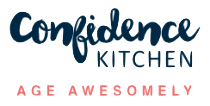

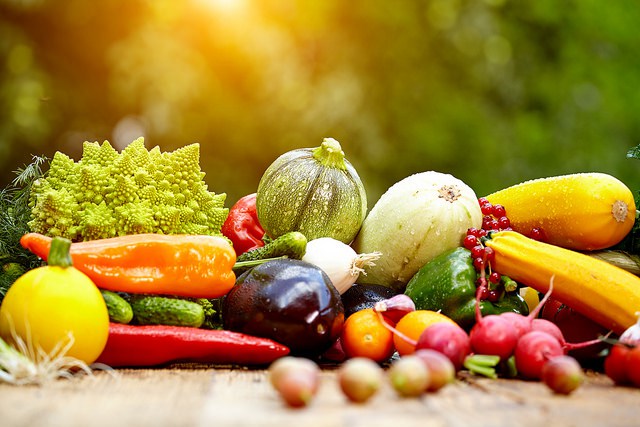
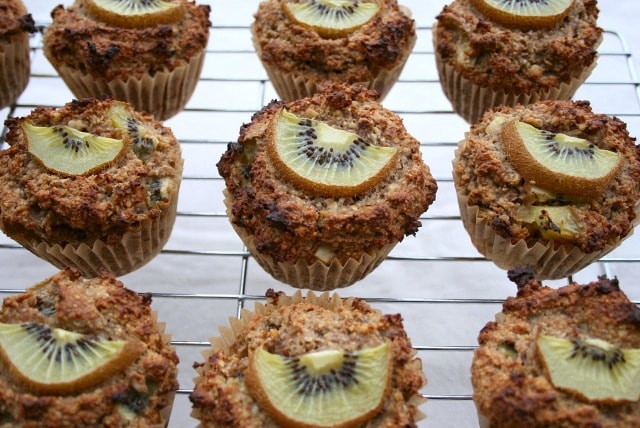
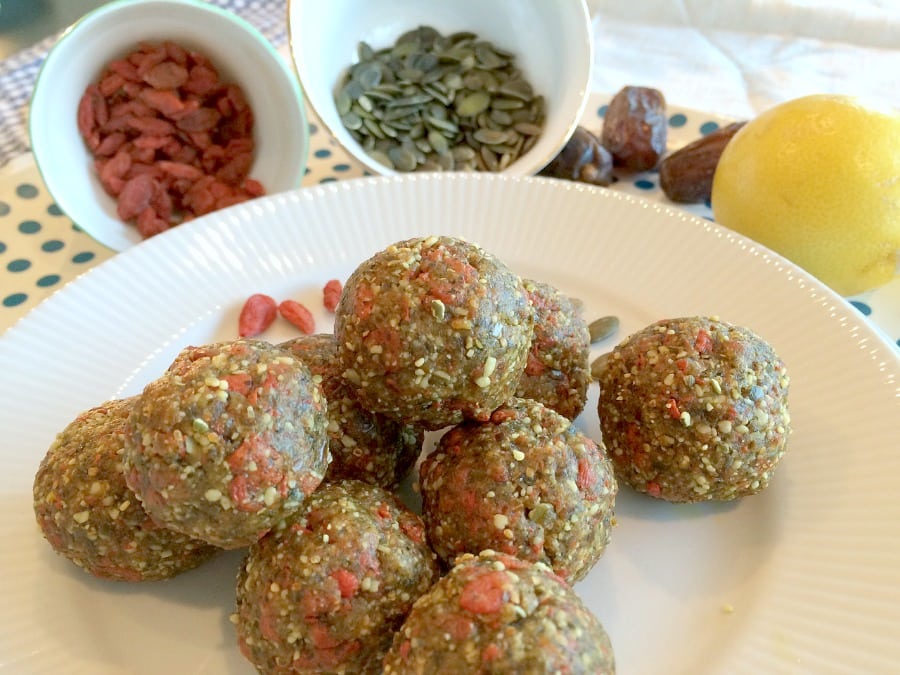
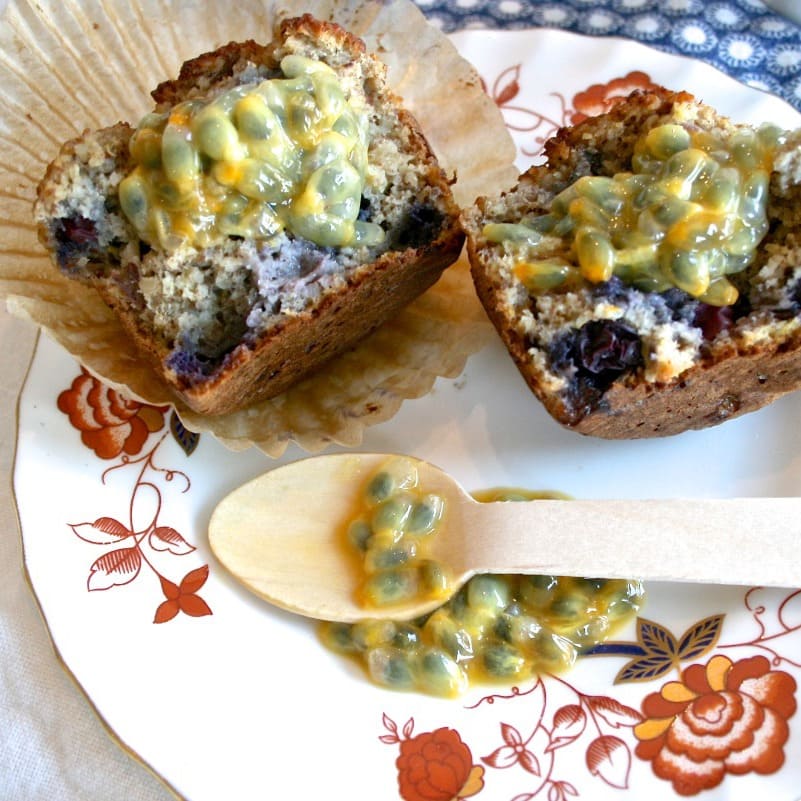
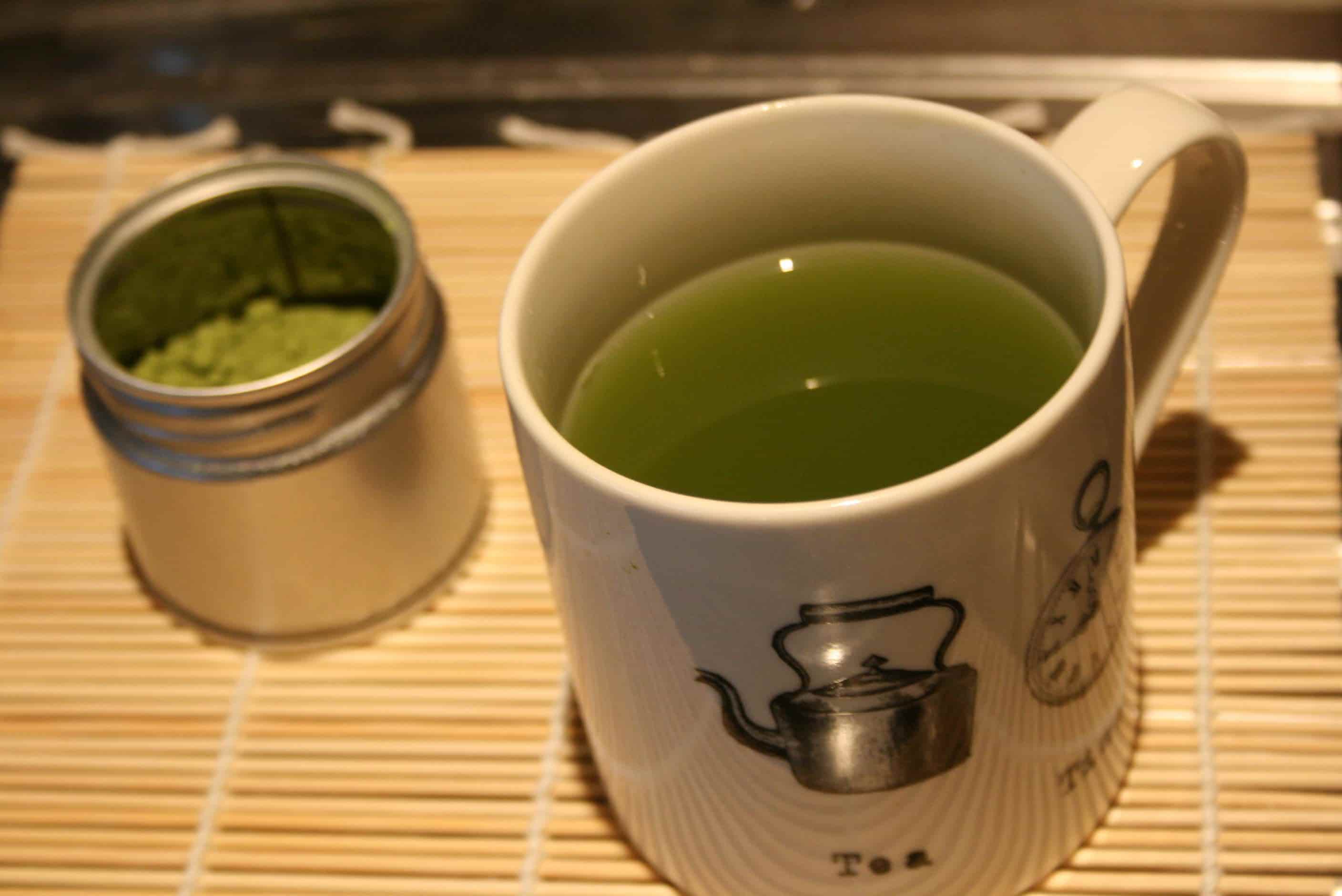
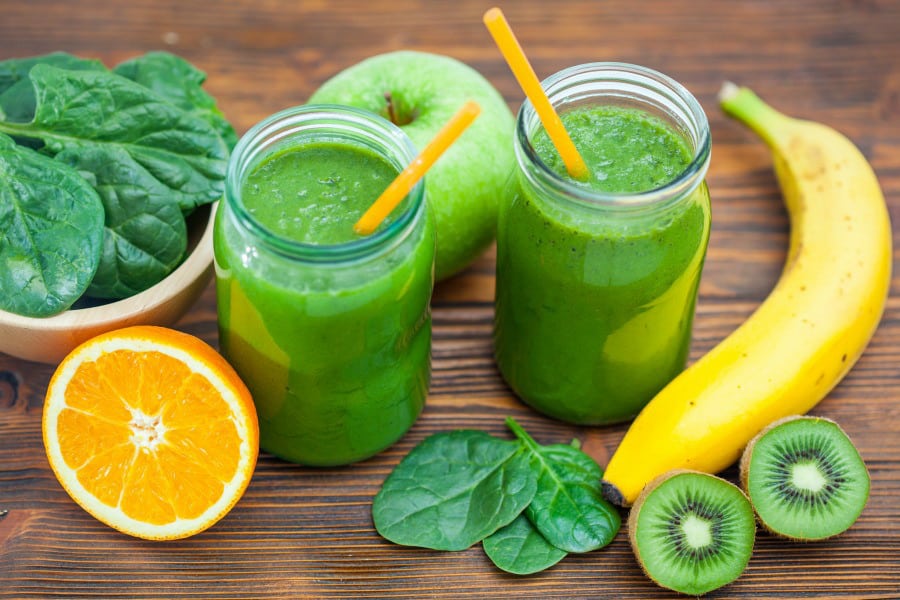
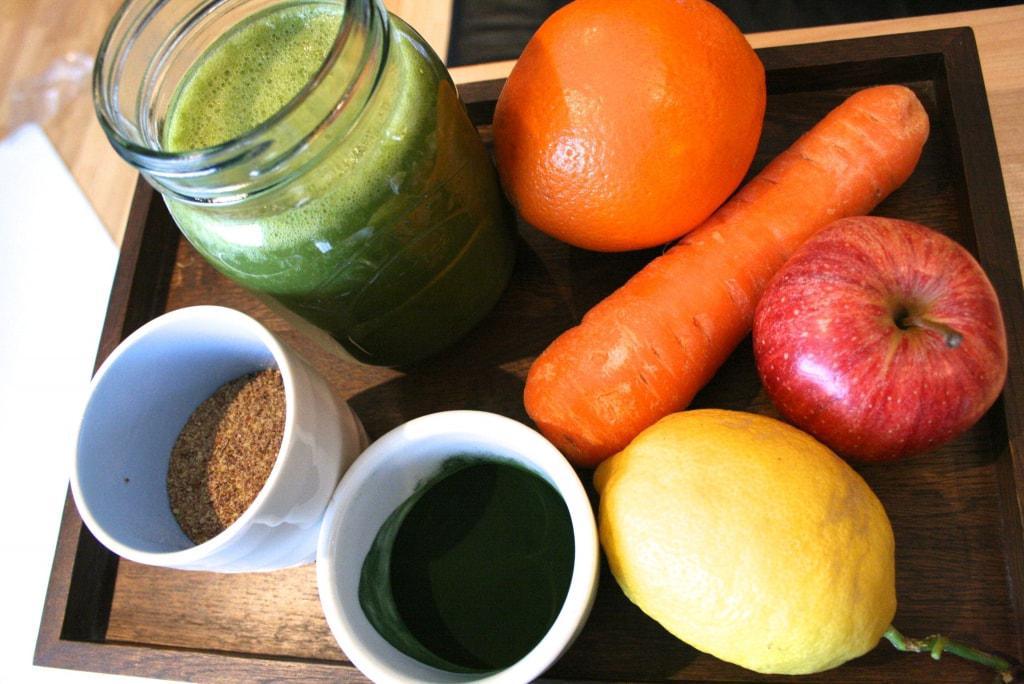
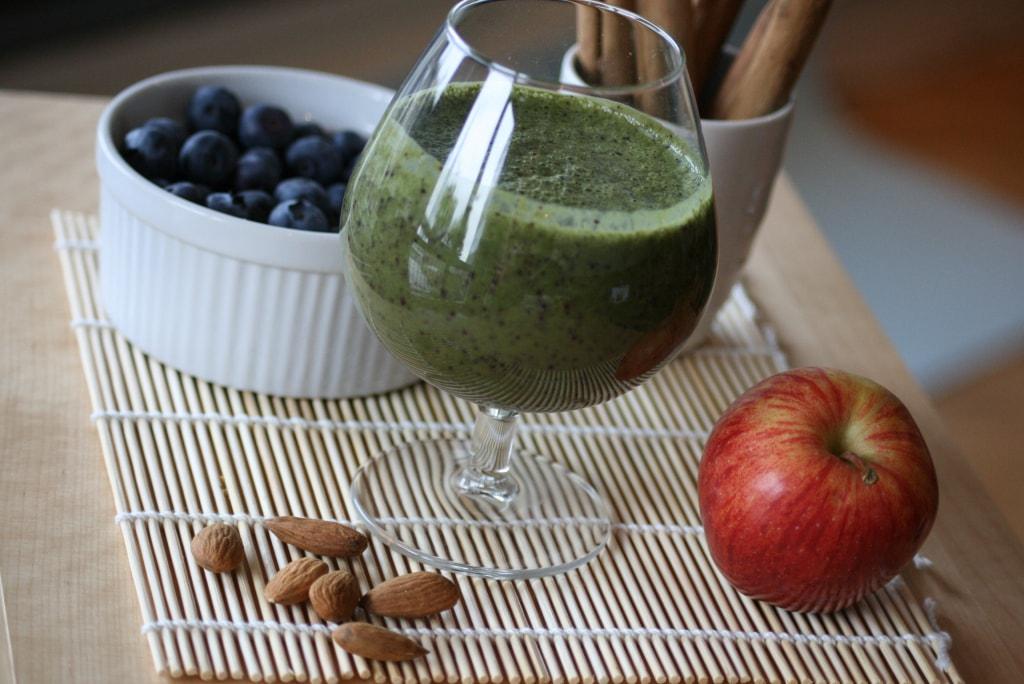
Great blog! “French women don’t get fat” changed my own life and I have a request in for the book you mentioned pertaining to kids.
Very good post! I have always eschewed prefab foods, but a growing conscious understanding of food has lately taken me even further along my journey. Your great blog, among several, has been instrumental in examining my relationship to food even more deeply than before. My daughter is a very health conscious eater and my son is learning every year to eat a more diverse repertoire. The best advice I can give any parents? Don’t give up. And if you aren’t eating it, they won’t either.